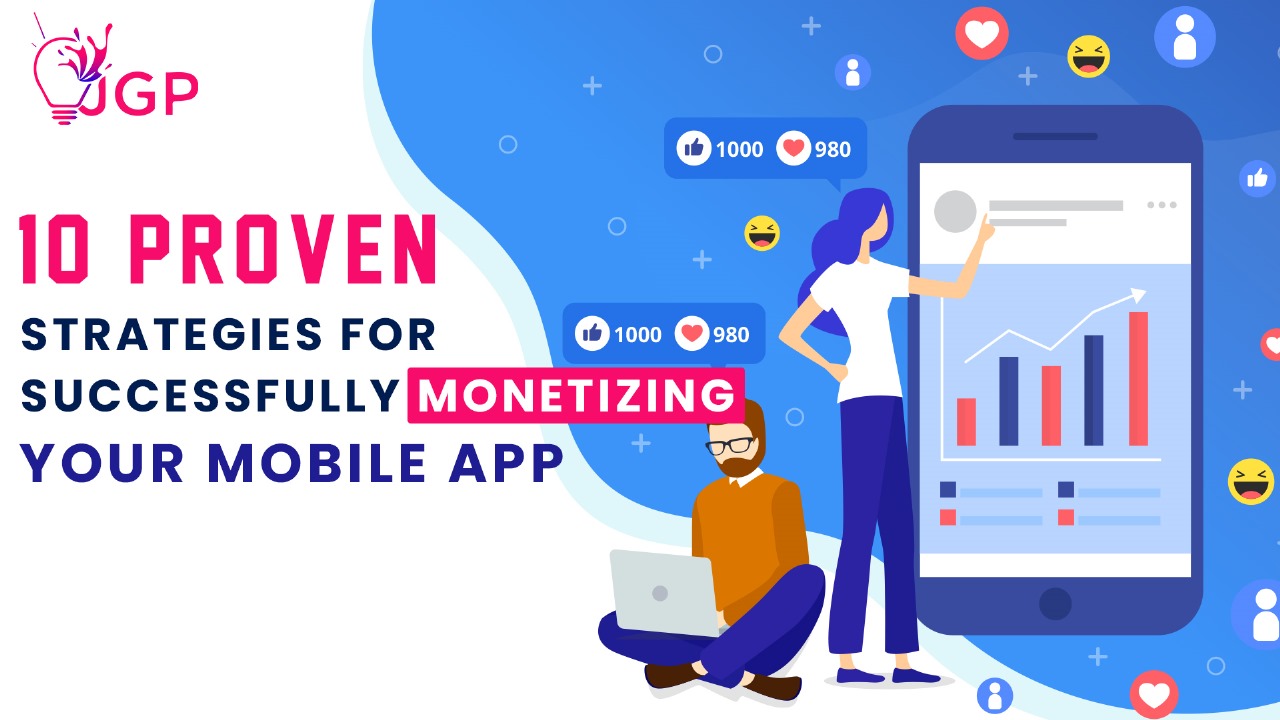Introduction:
In the ever-evolving landscape of the internet, web design and development play a pivotal role in shaping the digital experience for users. As technology advances and user expectations grow, the art and science of crafting compelling websites become increasingly complex and crucial. In this blog post, we will delve into the world of web design and development, exploring key concepts, best practices, and the symbiotic relationship between these two disciplines.

I. Understanding Web Design and Development:
Web design is the aesthetic and functional aspect of creating websites. It encompasses everything from visual elements and layout to user experience (UX) and user interface (UI) design. The primary goal of web design is to create an engaging and visually appealing environment that effectively communicates the website’s purpose and facilitates user interaction.
- Visual Elements:
a. Color: The choice of color can evoke specific emotions and influence user perception. Understanding color psychology is crucial for creating a design that resonates with the target audience.
b. Typography: Selecting appropriate fonts and text styles enhances readability and reinforces the brand identity. Consistency in typography contributes to a cohesive design.
c. Imagery: High-quality images and graphics captivate users and convey information effectively. Optimizing images for web use ensures fast loading times without compromising quality.
- Layout and Composition:
a. Grid Systems: Employing grid systems helps maintain consistency and alignment across the website. It aids in organizing content and creating a balanced visual hierarchy.
b. White Space: Adequate white space enhances readability and prevents visual clutter. Thoughtful spacing between elements allows users to focus on the essential content.
c. Responsive Design: With the increasing variety of devices used to access the internet, responsive design ensures that websites adapt seamlessly to different screen sizes, providing a consistent experience.
II. The Role of User Experience (UX) Design:
User experience design focuses on enhancing the overall satisfaction of users by improving the usability, accessibility, and pleasure provided in the interaction with a website. It involves understanding user behavior, conducting research, and creating intuitive interfaces that meet users’ needs.
- User Research:
a. Persona Development: Creating user personas helps designers understand the target audience, their goals, and pain points. Design decisions can then be aligned with user expectations.
b. User Testing: Iterative testing with real users provides valuable insights into the usability and effectiveness of a website. This feedback loop is crucial for refining the design and improving the overall user experience.
- Information Architecture:
a. Content Hierarchy: Organizing content in a logical hierarchy ensures that users can easily navigate and find the information they need. Clear and concise labeling contributes to a seamless user experience.
b. Navigation Design: Intuitive navigation systems guide users through the website efficiently. Well-designed menus and navigation bars enhance usability and reduce frustration.
III. The Essence of User Interface (UI) Design:
User interface design focuses on the visual and interactive elements that users engage with on a website. It involves creating interfaces that are not only visually appealing but also functional and user-friendly.
- Consistency in Design:
a. Design Patterns: Utilizing established design patterns enhances familiarity and predictability for users. Consistent button styles, form elements, and interactions create a cohesive interface.
b. Design Systems: Implementing design systems ensures consistency across different pages and elements of a website. This includes standardized color palettes, typography, and UI components.
- Interaction Design:
a. Microinteractions: Small, subtle animations and feedback elements contribute to a more engaging user experience. These microinteractions provide visual cues and acknowledgment of user actions.
b. Responsiveness: UI design should account for the responsiveness of elements, ensuring that interactions are seamless across various devices. Fluid transitions and animations enhance the overall user experience.
IV. Web Development: Bringing Designs to Life
While web design focuses on the visual and experiential aspects, web development involves the implementation of these designs through coding and programming. It is the process of turning static visual designs into dynamic and functional websites or web applications.
- Front-End Development:
a. HTML/CSS: HTML (Hypertext Markup Language) and CSS (Cascading Style Sheets) are the building blocks of web development. HTML structures the content, while CSS styles and positions the elements, ensuring a visually appealing layout.
b. JavaScript: JavaScript adds interactivity and dynamic features to a website. It enables the creation of responsive and interactive elements, enhancing the user experience.
c. Frameworks: Front-end frameworks like React, Angular, and Vue.js streamline the development process by providing pre-built components and a structured architecture.
- Back-End Development:
a. Server-Side Languages: Languages like PHP, Python, Ruby, and Node.js handle server-side logic, database interactions, and other server-related tasks.
b. Databases: Storing and retrieving data is a critical aspect of web development. Databases such as MySQL, PostgreSQL, and MongoDB are commonly used for managing data.
c. Server Infrastructure: Setting up server infrastructure and ensuring scalability and performance are crucial for handling user requests and maintaining a responsive website.
V. The Symbiotic Relationship:
Web design and development are intricately connected, with each discipline influencing and relying on the other. A seamless collaboration between designers and developers is essential to ensure that the envisioned design is brought to life effectively.
- Collaboration and Communication:
a. Design Handoff: Effective communication between designers and developers during the design handoff stage is crucial. Providing detailed design specifications, assets, and interactive prototypes streamlines the development process.
b. Iterative Process: A collaborative and iterative approach, with designers and developers providing feedback to each other, results in a more refined and polished end product.
- Continuous Learning and Adaptation:
a. Evolving Technologies: Both web design and development are dynamic fields, with technologies and trends constantly evolving. Staying updated on the latest tools, frameworks, and design principles is essential for delivering modern and competitive websites.
b. Cross-Functional Teams: Building cross-functional teams that include both designers and developers fosters a deeper understanding of each other’s roles and challenges. This collaborative approach promotes synergy and innovation.
VI. Future Trends and Challenges:
As technology continues to advance, new trends and challenges emerge in the realm of web design and development.
- Artificial Intelligence (AI) and Machine Learning: Integrating AI and machine learning into web development enables personalized user experiences, predictive analytics, and automation of repetitive tasks.
- Progressive Web Apps (PWAs): PWAs combine the best of web and mobile applications, offering fast load times, offline capabilities, and a native app-like experience.
- Cybersecurity: With the increasing frequency of cyber threats, web developers must prioritize security measures to protect user data and maintain the integrity of websites.
- Accessibility: Ensuring that websites are accessible to users with disabilities is a growing priority. Implementing accessible design practices and complying with accessibility standards is crucial for inclusivity.
Conclusion:
In conclusion, web design and development are dynamic and interdependent disciplines that shape the digital landscape. From the visual appeal of a website to the seamless functionality and user experience, every aspect plays a crucial role in creating a successful online presence. As technology advances and user expectations evolve, staying abreast of the latest trends and adopting a collaborative approach are key to creating websites that stand out in the competitive digital space. Whether you’re a designer, developer, or a business owner, understanding the intricate dance between design and development is essential for delivering compelling and user-friendly web experiences.





